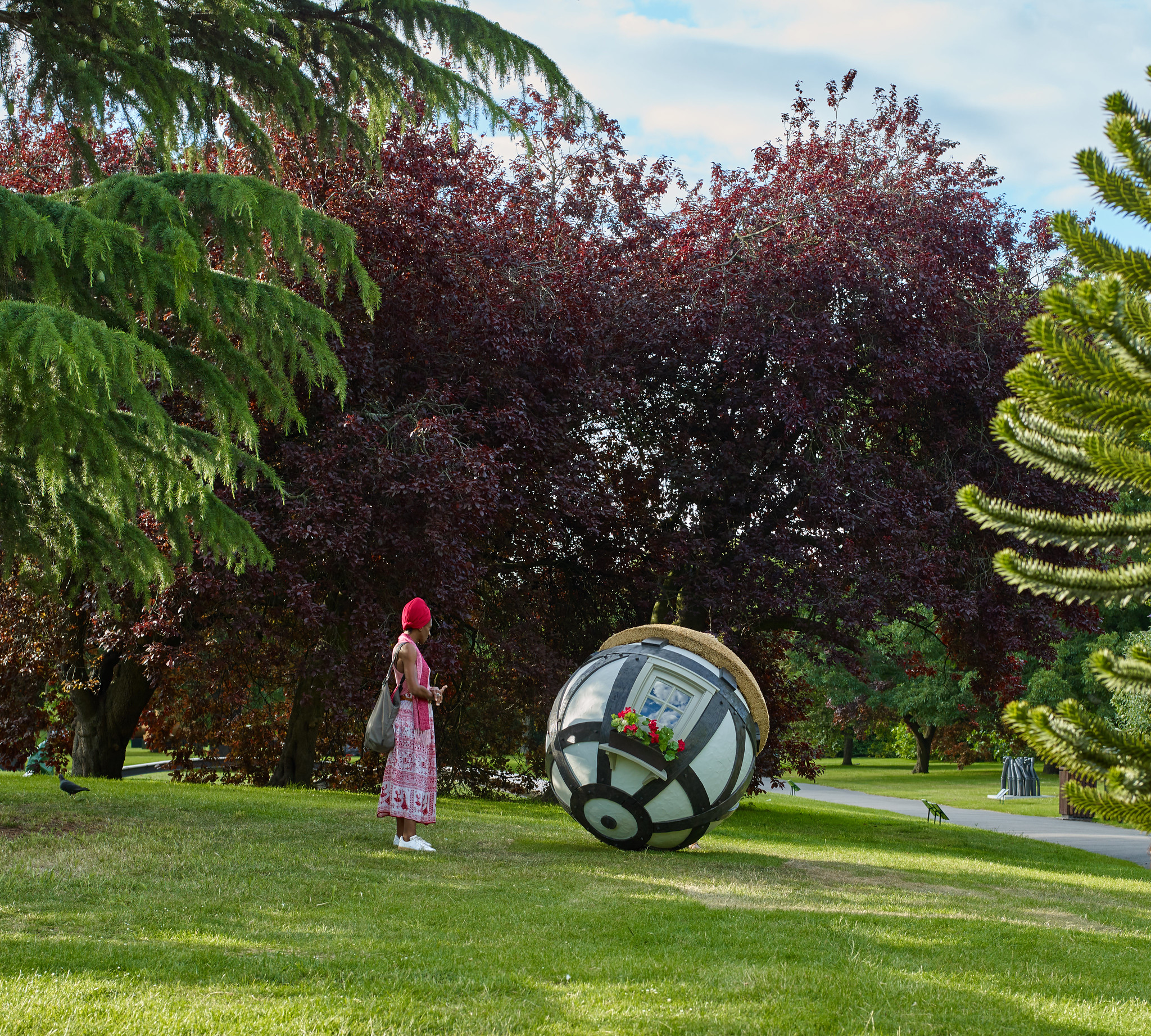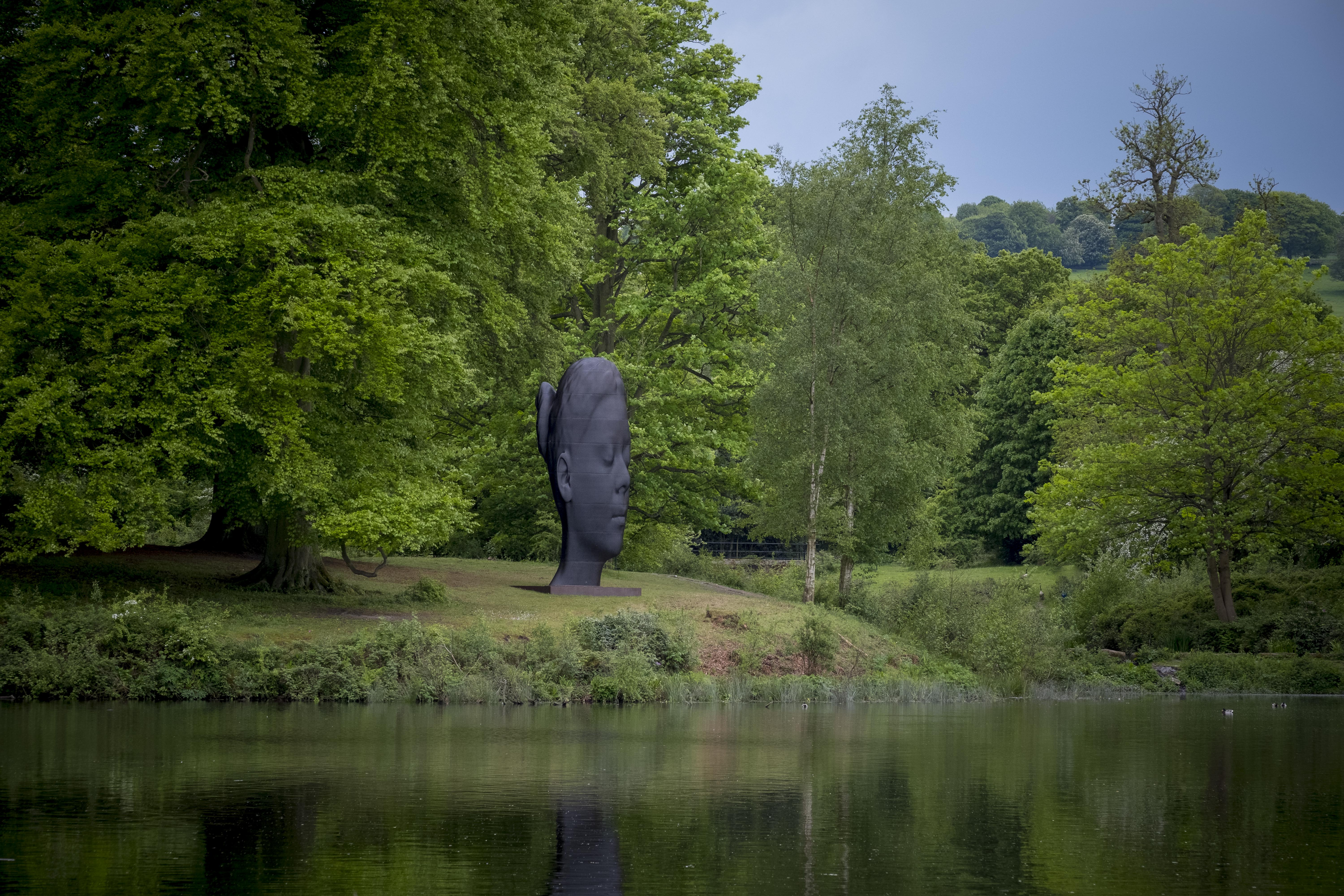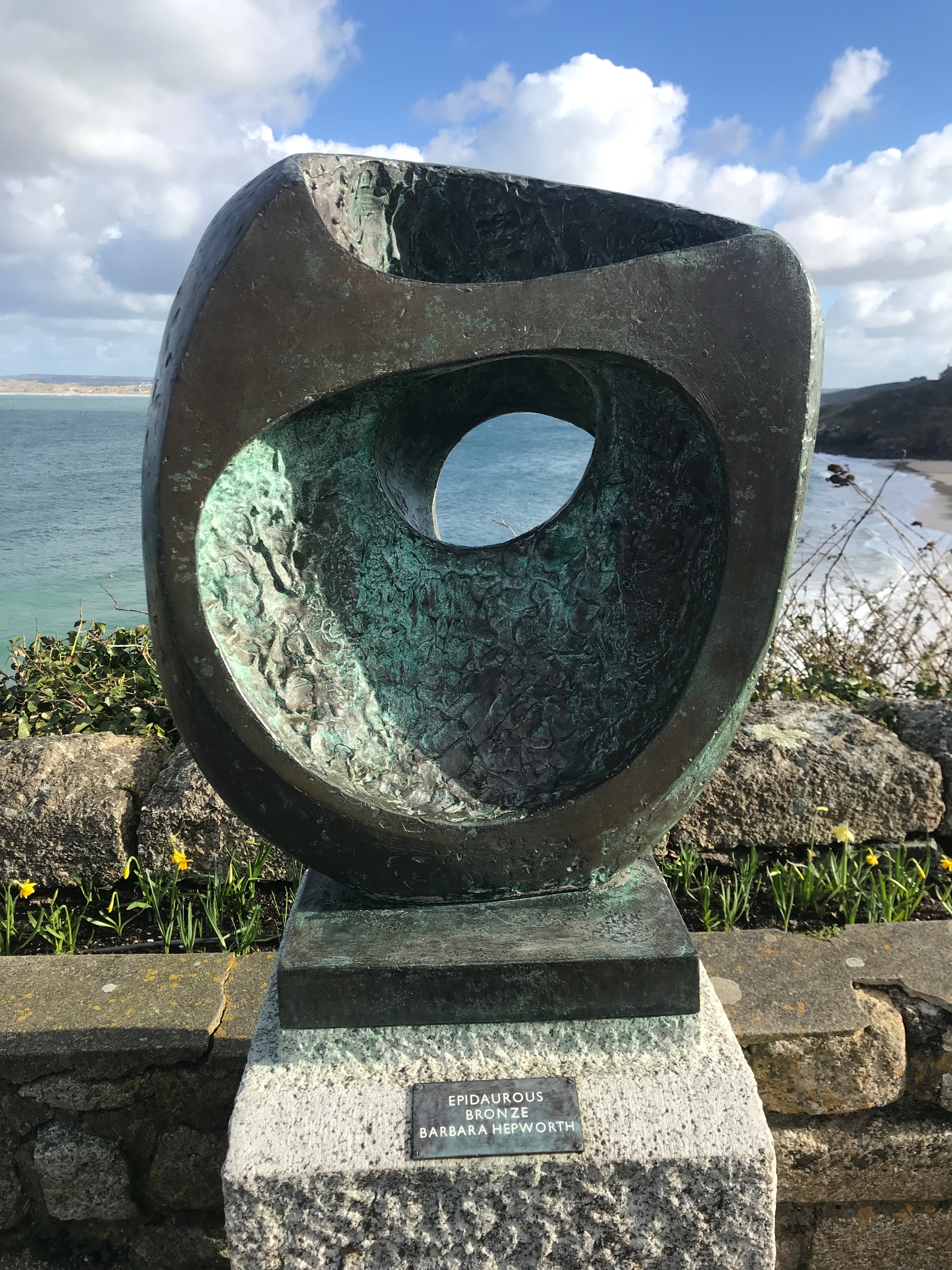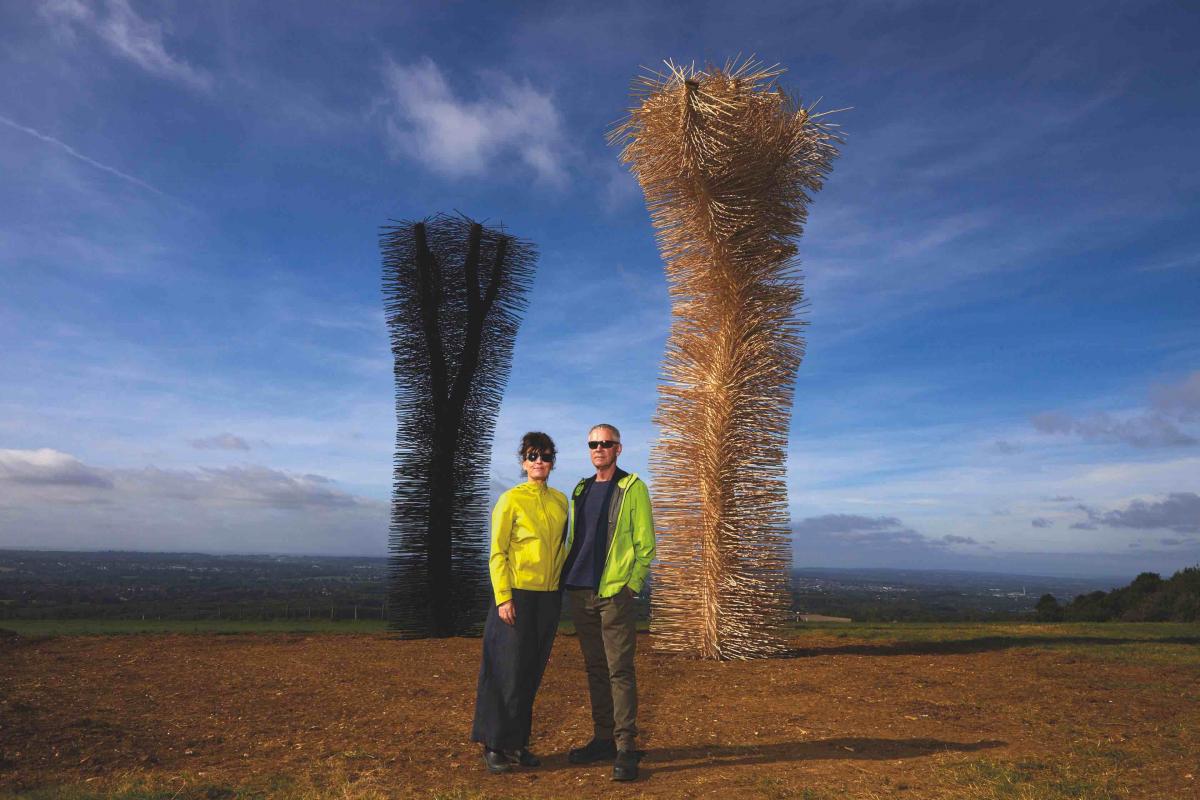
There’s much to be said for “taking a walk”. It’s the simplest and most convenient form of exercise most of us can imagine—a chance to destress, take stock or cool down after a row. However, as many of us spend a severe chunk of our time chained to our desks, or glued to our mobiles, the idea of actually getting up and going outdoors is becoming increasingly novel. In fact, as the age of the freelancer and the gig economy gains traction, stretching your legs can be even more difficult. Many individuals (myself included), have a commute of around five metres from bedroom to desk, and the self-inflicted isolation means you can lose hours without so much as a toilet break.
As the days grow shorter and the temperature drops, the likelihood of spending time outdoors grows lesser still, even though a daily walk might be just what you need to combat that nasty cold virus, not to mention diabetes and cardiovascular disease. The mental health benefits have also been touted for aeons, with a recent study showing significant benefits in the USA. It is also worth mentioning that walking is an activity that a large proportion of the population can enjoy, without any of the aspirational burden of a high-spec gym regime, or empty promises from fitness influencers.

“As many of us spend a severe chunk of our time chained to our desks, or glued to our mobiles, the idea of actually getting up and going outdoors is becoming increasingly novel”
In the UK, we have a sizeable selection of outdoor art. These vary from more urban settings, such as The Line, which features modern and contemporary art along East London’s waterways, and Frieze Sculpture Park, which seems to extend its remit every year, to enormous bucolic spaces. There is also Cass Sculpture Foundation in Sussex, which features an ever-expanding collection thanks to its annual commissioning policy, and Jupiter Artland, a substantial open-air sculpture park just outside Edinburgh (although not open in winter).

These enormous alfresco offerings give us the opportunity to enjoy incredible works in situations that could not be more different from the white walls of most museums and galleries. There is something invigorating about taking in a huge breath of fresh air, being battered by the elements, and experiencing something entirely unexpected in the process. Take, for example, Yorkshire Sculpture Park, where you can find sheep grazing among the Henry Moores in plain sight, a huge Jaume Plensa head looking out over the lake, and David Nash sculptures beneath your feet.

Nash is just one example of an artist who considers nature to be integral to his practice, and there are plenty of artists who see a direct connection with walking too. Fellow land artist Richard Long created a piece entirely concerned with the trail he created by strolling back and forth between a field, and Teresa Murak sought to fuse nature and the female body by walking through Warsaw wearing a smock sprouting seeds, back in the 1970s.

By walking in the open, you can also come up against more unexpected encounters, whether that be through the natural beauty of well-known vistas (Tate Britain did an entire TV series on the subject) or works of art you never knew were there. One of my favourites is a Barbara Hepworth sculpture nestled on a headland near St Ives station. While you can understand the link between her work and Cornish nature within her compact (yet nevertheless stunning) sculpture garden, there is something far wilder and more fearsome about viewing the roaring sea through her carefully carved vignette. It has become something of a pilgrimage—a worthy reward for making the journey across the wind-battered cliff line.
“Being in nature, devoid of the distractions and pressures some might find in a walled institution, we can hopefully be free to view art in a new light”

For Ackroyd & Harvey, the artist/activist duo who hold environmentalism at the very core of their practice, their recent Ash Project marries a sensational sculpture with ecological awareness and encourages audiences to venture to an area of outstanding natural beauty in the Kent Downs. The two monoliths, made from felled ash trees ravaged by aggressive die-back disease, are as likely to be encountered by dog walkers and families as they are adamant art lovers. Either way, they are sure to foster questions and concerns around their purpose: to raise awareness around the devastating consequences of the disease. Being in nature, devoid of the distractions and pressures some might find in a walled institution, we can hopefully be free to view art in a new light, and perhaps give ourselves a bit longer than a cursory thirty seconds to commune with the work, while we catch our breath.
There is also something unmistakably romantic about reaching the crest of a hill to take in the view, and perhaps reach the sculpture or monument you have spotted on the horizon. Likewise, stumbling across something in the woods or along an unexpected path can incite something akin child-like glee. Just ask anyone who has encountered an impossibly balanced Andy Goldsworthy.
Another wonder of walking lies in the fact that it can be a singular or group activity. Plenty of tropes point to the wandering genius or the flaneur, but walking together, particularly in nature, has its own charms, and can foster a brilliant sense of community. Take Carmen Papalia, who launched his participatory project Blind Field Shuttle as a form of art practice. His urban and rural tours feature up to ninety people, who form a line behind the artist and shut their eyes, in order to experience his non-visual world. It is a powerful act of trust and new sensory understanding.
Although this project is at the more extreme end of the spectrum, it exemplifies how walking can be a powerful tool for new discovery and communication. And with so many green spaces across the country (no matter how small) and a fair few with at least one monument, statue or work of art, why not commit to those extra steps, take a deep breath, and see what you can find? I promise you will feel better for it.




